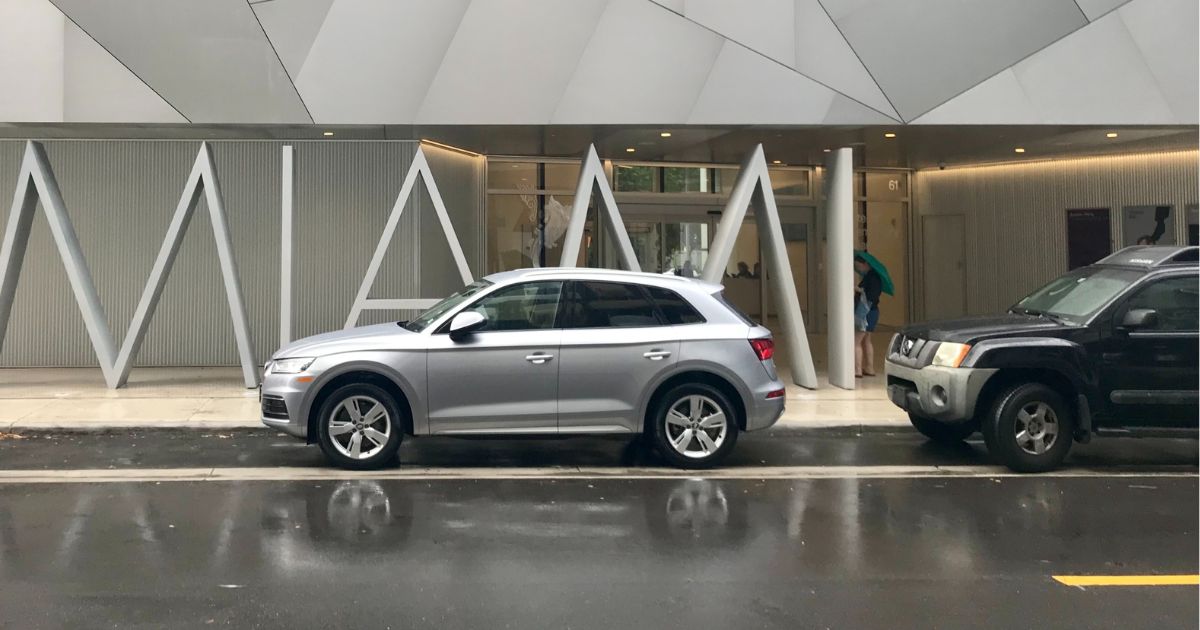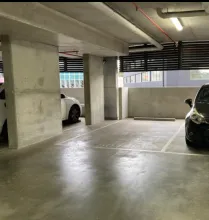Top Parking Tips For Ev Drivers
Although EVs are undoubtedly the way of the future, the transition from combustion engine cars to electric vehicles will naturally take some time.
Australian cities and even home building companies have made progress in recent years to develop parking and charging infrastructure for EVs, ensuring that drivers can maintain access to suitable type charging cables whether they’re charging at home or looking for a parking space in an urban area. Even cities and towns across regional Australia are beginning to roll out their own EV infrastructure.
But for inner city drivers, finding parking for their electric vehicles is still a bit of a pain point. To offer our support here, we’ll be sharing some of our top parking tips for EV drivers.
Read on to help ensure that you’re better equipped to drive (and park) with confidence in your electric vehicle and avoid parking fines too.

How to find EV parking in your area
First, you’ll want to look up EV charging stations near you. This can be done in a few different ways, including looking up spaces listed on local directories or EV materials provided by your local council. You can even use parking apps to help find charging stations in your vicinity.
If your research has found that there’s a shortage of public EV charging stations in your area, then you might even consider renting out a private charging station. This is easy enough to do with directories like Parking Made Easy on your side. Simply search for EV-friendly parking garages or car spaces to find a space in an ideal location for you. From here, you can opt to rent out that space to ensure that you have access to parking every day.
You also don’t necessarily need to find a parking space with an EV charger either. In fact, if you have a portable EV charging cable at your disposal, all you really need is a spot in a parking garage that has access to a power socket. That way, you can easily plug in a portable EV charger and turn any parking spot into an EV parking bay.
Don’t have your own portable charging cable? Here’s our recommendation for the best 10 amp travelling or portable EV charger.
Plan ahead if you’re aiming to charge as you park
New EV drivers will learn pretty quickly just how tricky it can be to find an EV parking spot. Whilst most combustion engine drivers are all too familiar with the experience of travelling 15km/hr through city streets just trying to find an empty parking spot amongst hundreds of occupied ones, the experience for EV drivers is just a little bit different, in that there are only about 4 spaces they could charge at in amongst the hundreds that are available for non-EVs.
If you’re planning to drive, park, and charge in a built-up area during a busy period, then you’ll want to either charge your vehicle before you leave the house or leave well ahead of time to ensure that you have adequate time to find an EV parking bay.
Or perhaps even take both measures. After all, it’s always better to be over-prepared than underprepared.
Supply your own EV charger when parking
If you’re having consistent difficulty with finding EV parking spots every day to the point where you’re becoming chronically late for your appointments or for work, then there’s a chance you won’t find much relief until your city invests in more EV charging stations for your area. Sadly, you’re not alone in this struggle, as the EV rollout is trudging along a consistent pace, with cities like Melbourne aiming for rollout across the next decade. That’s the downside of being able to watch this monumental evolution happen in real time: you’re stuck with the feeling that you’re just waiting.
But – drawing from a point that we touched upon earlier – you do have the option to bring your own portable EV charging cable when looking to park your car. In fact, you may even opt to keep a portable charging cable in your EV at all times. That way, you can travel freely and with total peace of mind that your car will always be able to generate the battery power it needs – both within urban areas as well as regional Australia.
If you are looking to invest in your own EV charging cables, however, then we do have a little tidbit of advice for you: buy cables with different charging speeds. A fast charging cable is definitely a good investment if you’re looking to park for a few hours every day (like while you’re at work), but if you’re travelling and are hoping to charge your car overnight or over rest days, then you’ll want to invest in a Granny cable, or a slow trickle charger. These slow release cables can charge your car for upwards of 20 hours at a time (depending on your car make and model), making them suitable for drivers who are looking to charge their vehicles daily in an office parking space or a rented parking space with access to a power socket.
Want to know more about Granny EV charging? Then be sure to check out this comprehensive guide on Granny EV charging to help you decide whether this is the right solution for your ‘out-of-home’ charging needs.
EV parking etiquette
One vital aspect of parking your EV is making sure that you’re courteous of other EV drivers. EV parking etiquette is a little unlike parking etiquette for combustion engine vehicles. For starters, the act of sharing charging cables is an experience that’s unique to EV drivers. That, and EV drivers have significantly fewer options when it comes to parking that combustion engine vehicles. And with that scarcity of options, it can be all too easy to get needlessly frustrated at your fellow drivers.
With that, some of the most important bits of EV parking etiquette to keep in mind includes:
- Don’t unplug other people’s cars – a lot of EV manufacturers have tried to prevent this by ensuring Type 2 charging sockets come with locking mechanisms. But even if you can unplug somebody else’s car, it’s still advised that you leave it alone. There could be legal consequences for tampering with someone else’s property.
- Don’t park in an EV spot if you’re not looking to charge your vehicle – this one should go without saying, but it’s still very common to see EVs (and even the odd combustion engine vehicle) parked in EV spots without even utilising the provided charging cable. If you don’t need to charge your car, then leave that spot for somebody who does.
- Don’t charge your car for longer than you need to – not only is this bad for your battery (Tesla advises that you don’t let your battery drop below 15% or above 80% to keep it in optimal health), but it’s also not at all considerate of other EV drivers around you. If your car has been sitting at 100% for hours or even days, then you should vacate that EV parking bay to ensure that it’s available for drivers who may need to charge their vehicles.
- Don’t leave charging cables on the ground – in other words, always leave an EV parking bay just as you found it. This means ensuring that the provided charging cable is hung up rather than trailing on the ground. Charging cables that are left hanging or trailing on the ground are naturally at a greater risk of accruing damage, which can result in one less EV charging station for your neighbourhood to utilise.
~
With these EV parking tips and tricks at your disposal, you should find that cruising through the transition from combustion engine vehicles to EVs can go smoother than you expect it to. Just remember to stay resourceful alongside staying courteous. In doing so, you can be rest assured that you’re doing your part in ensuring that your neighbourhood is consistently accommodating of EV drivers.







